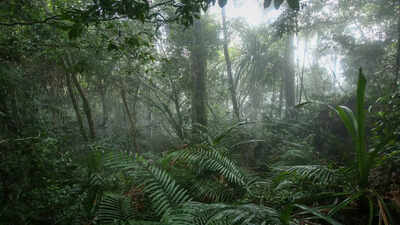Rainforests are among the planet’s most vital ecosystems, often called the Earth’s lungs for their ability to absorb vast amounts of carbon dioxide, release oxygen, and regulate global temperatures and rainfall. According to Earth.Org, these lush forests support the richest diversity of life on Earth, providing habitat for countless species and sustenance for millions of indigenous communities. They also maintain soil fertility, prevent erosion, and influence regional climates as powerful carbon sinks. Yet, despite their immense ecological and cultural value, rainforests face relentless threats from deforestation, mining, agriculture, and climate change, with an estimated 3.2 million hectares of primary tropical forest lost every year since the early 2000s.
7 greatest rainforests on Earth: Biodiversity, climate, and conservation
1. The Amazon Rainforest (South America)
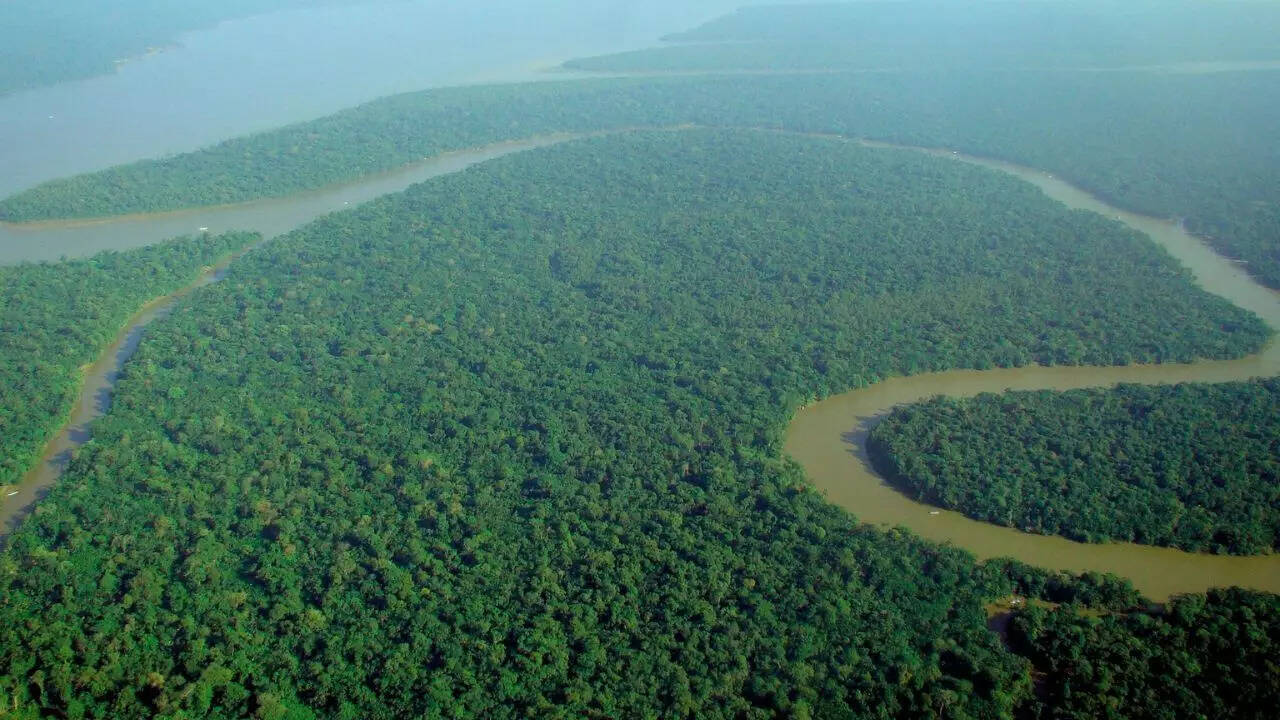
The Amazon Rainforest, spread across countries such as Brazil, Peru, and Colombia, is the largest and most biodiverse rainforest on Earth. Often called the “lungs of the planet,” it plays a vital role in regulating the global climate and supporting countless species of plants and animals. From the mighty Amazon River to its dense green canopy, this forest is home to creatures like jaguars, pink river dolphins, and macaws. However, its delicate ecosystem faces growing threats from deforestation, illegal logging, and agricultural expansion, putting one of the world’s greatest natural treasures at risk.2. The Congo Rainforest (Central Africa)
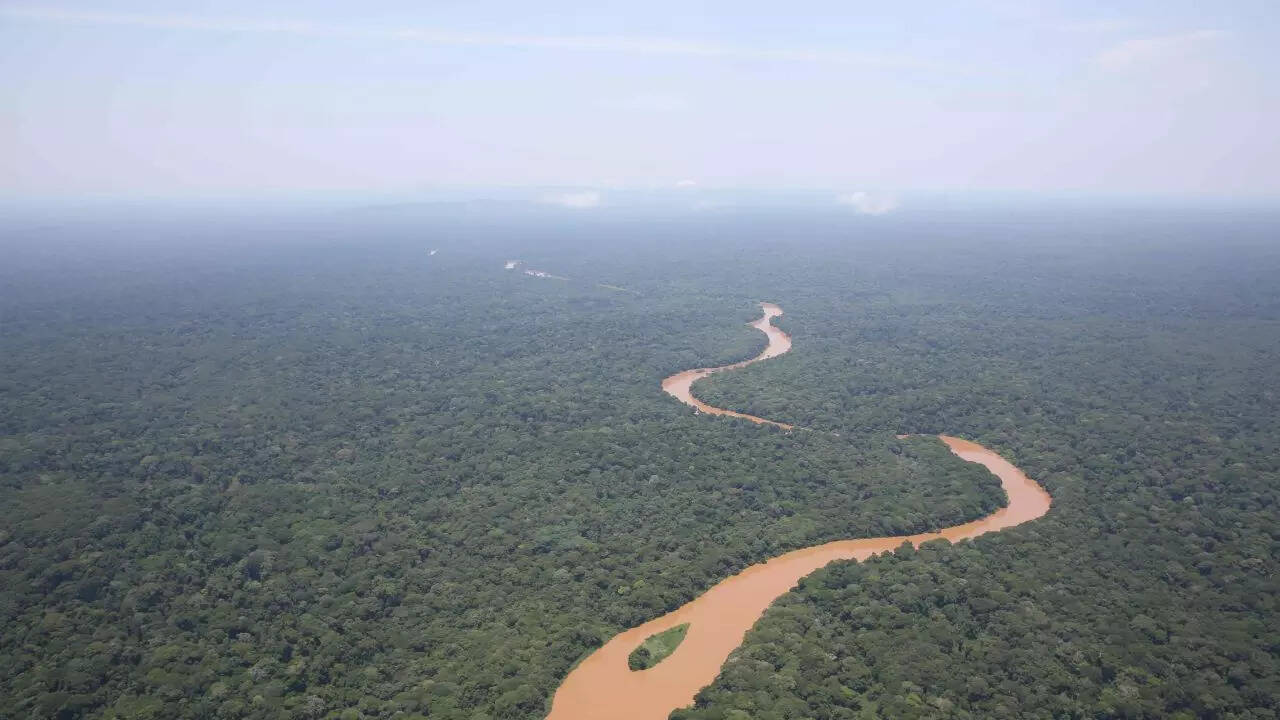
The Congo Basin Rainforest, stretching across several Central African nations including the Democratic Republic of the Congo and Cameroon, is the world’s second-largest tropical rainforest. Rich in wildlife and dense with ancient trees, it provides a haven for rare species such as mountain gorillas, forest elephants, and okapis. Beyond its ecological importance, the forest supports millions of people who depend on it for food, shelter, and medicine. However, increasing pressures from logging, mining, and agriculture continue to endanger its vast landscapes and delicate balance.3. The Daintree Rainforest (Australia)
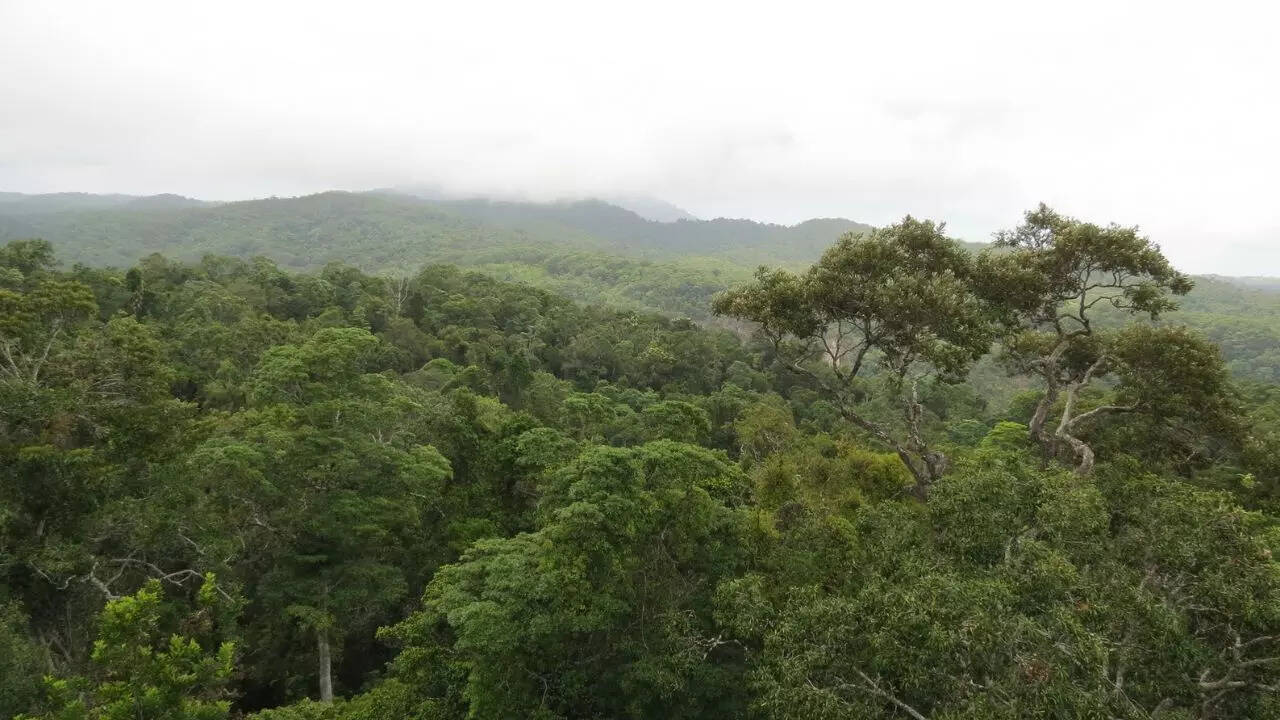
Located in Queensland, the Daintree Rainforest is estimated to be over 180 million years old, making it the oldest tropical rainforest on Earth. Despite its smaller size (around 1,200 square kilometres), it’s one of the most biodiverse places in Australia. The Daintree is home to unique species like the cassowary, Bennett’s tree kangaroo, and rare ferns and cycads. It forms part of the Wet Tropics of Queensland UNESCO World Heritage Site, highlighting its global ecological importance.4. The Southeast Asian Rainforests (Indonesia, Malaysia, Thailand)

The rainforests of Southeast Asia, particularly those on Borneo and Sumatra, are known for their incredible biodiversity. These forests are home to iconic species such as the orangutan, Sumatran tiger, and clouded leopard. However, they are also among the most endangered due to palm oil plantations, deforestation, and wildfires. Conservation initiatives are ongoing to protect remaining forest areas and promote sustainable resource management.5. The Valdivian Temperate Rainforest (Chile and Argentina)

Stretching along the coastal region of South America, the Valdivian Temperate Rainforest is a unique ecosystem characterised by dense evergreen trees, mosses, and ferns. It covers roughly 248,000 square kilometres and thrives in a cooler, wetter climate than tropical forests. This rainforest shelters species found nowhere else, such as the monito del monte and the southern pudú (the world’s smallest deer). Its preservation is essential for maintaining biodiversity in the southern hemisphere.6. The Tongass National Forest (United States)

Situated in Alaska, the Tongass National Forest is the largest temperate rainforest in the world, covering about 68,000 square kilometres. Its landscape includes glaciers, fjords, and ancient cedar trees, supporting wildlife such as bald eagles, brown bears, and salmon. The Tongass acts as a massive carbon sink, helping to mitigate the effects of climate change. Ongoing conservation efforts aim to protect it from commercial logging and development.7. The New Guinea Rainforest (Papua New Guinea and Indonesia)
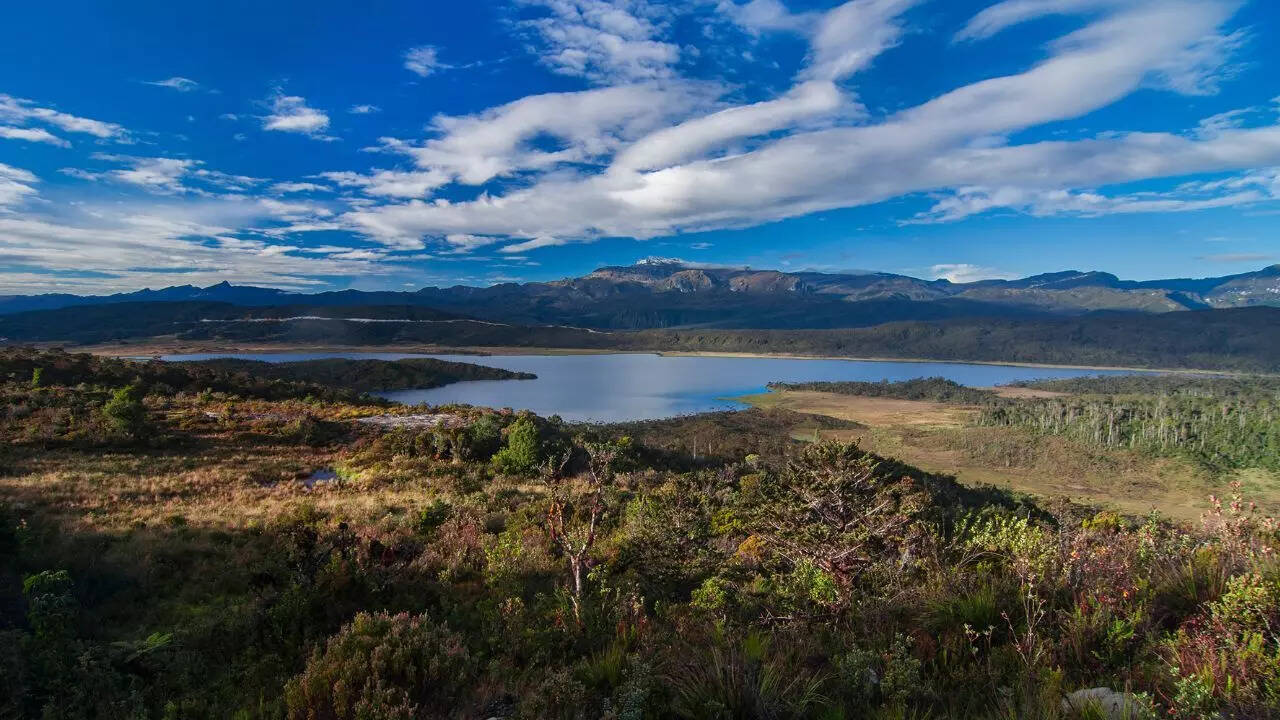
The New Guinea Rainforest is the third-largest rainforest on Earth, covering about 288,000 square kilometres. It is exceptionally rich in biodiversity, home to over 5% of the world’s species, including tree kangaroos, birds of paradise, and giant butterflies. Many indigenous communities depend on these forests for food, medicine, and cultural heritage. However, logging and palm oil expansion threaten its ecological stability. Go to Source


